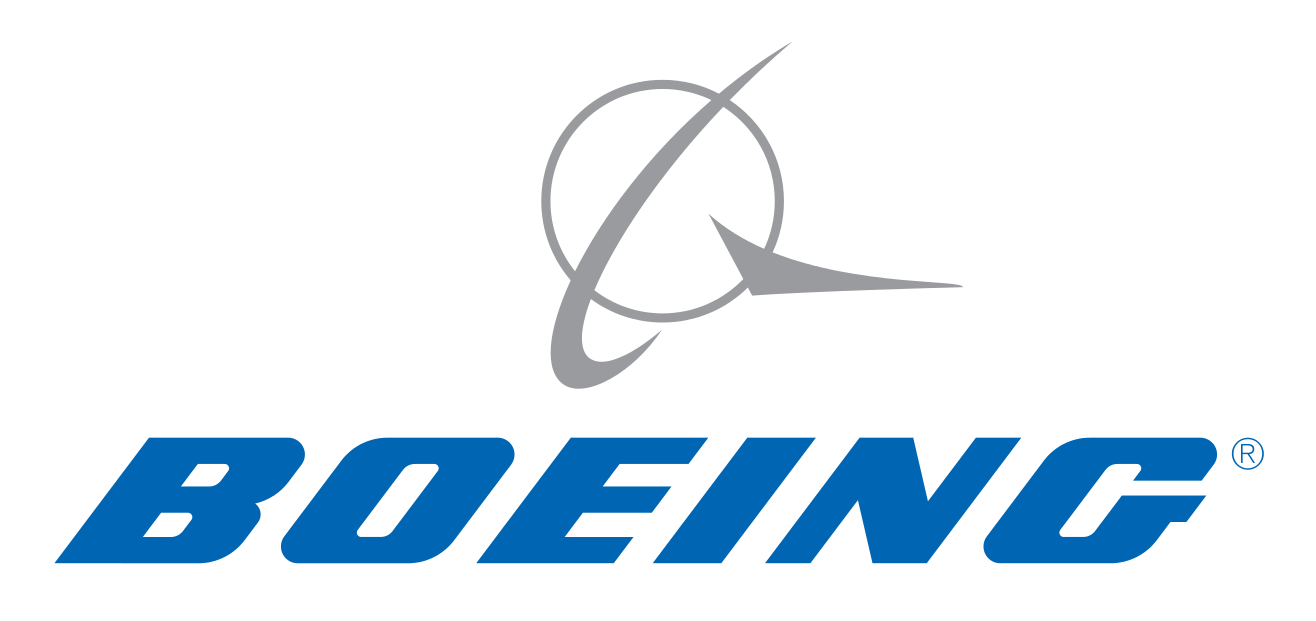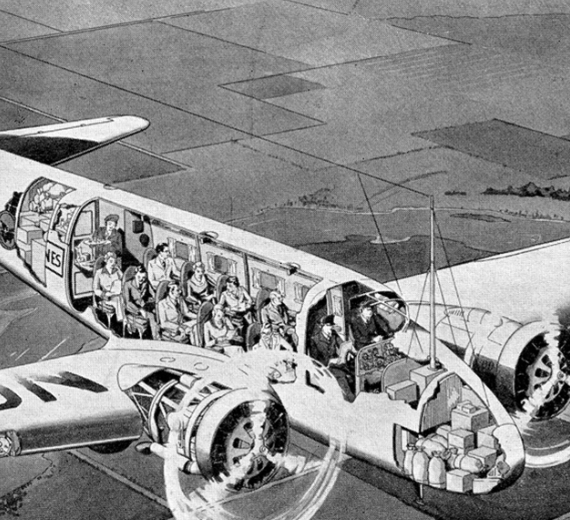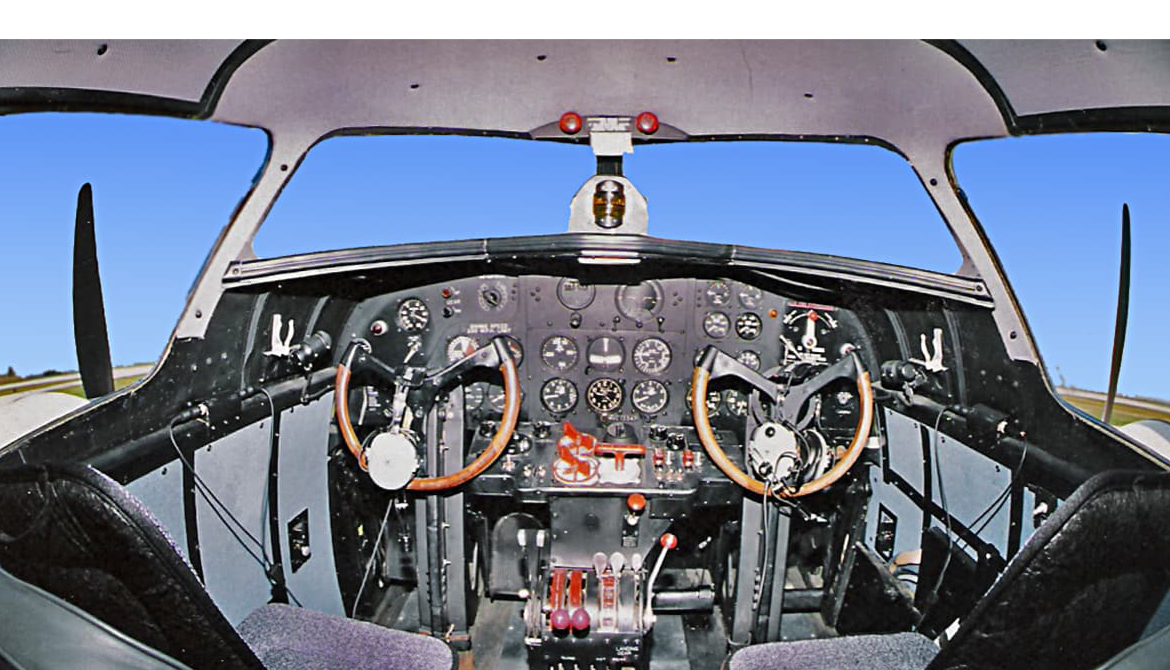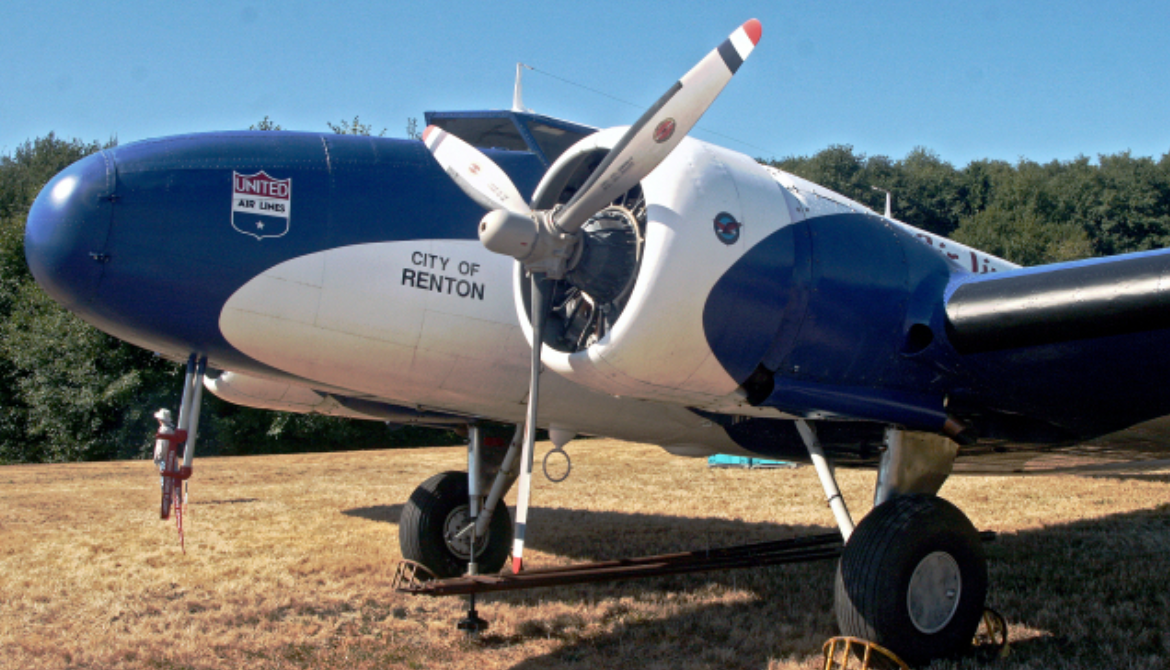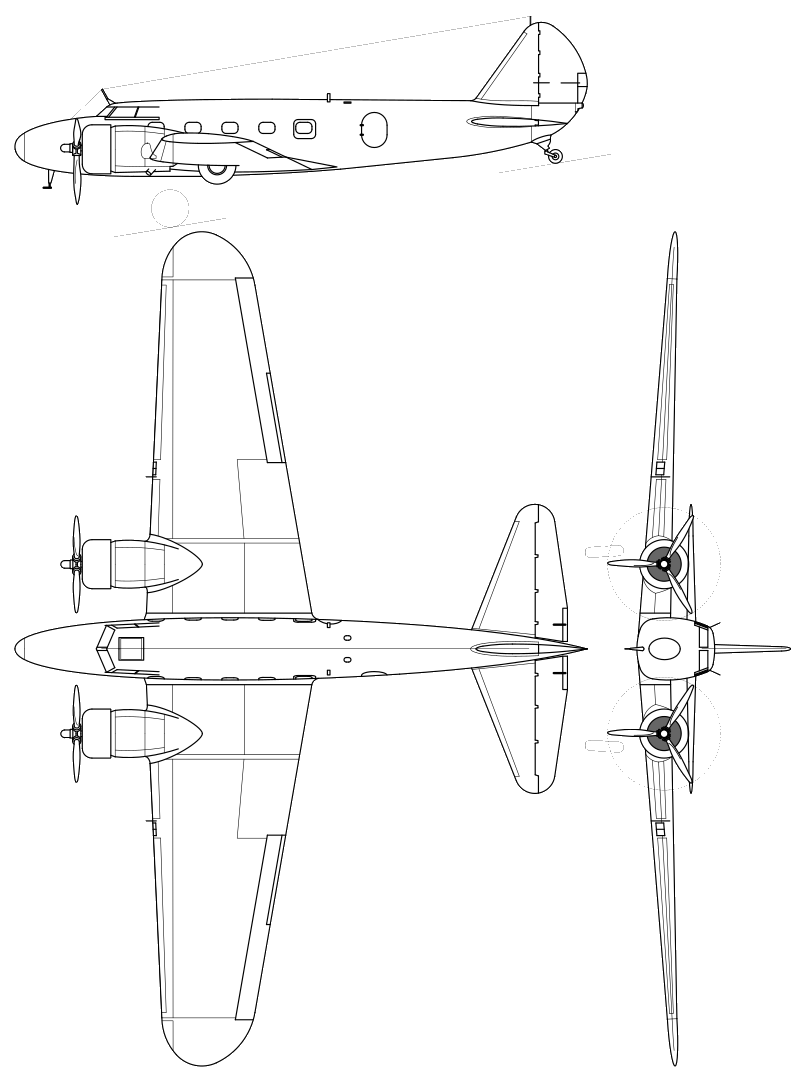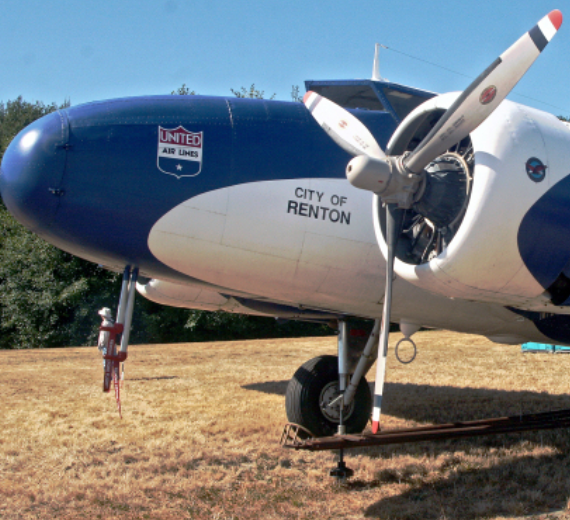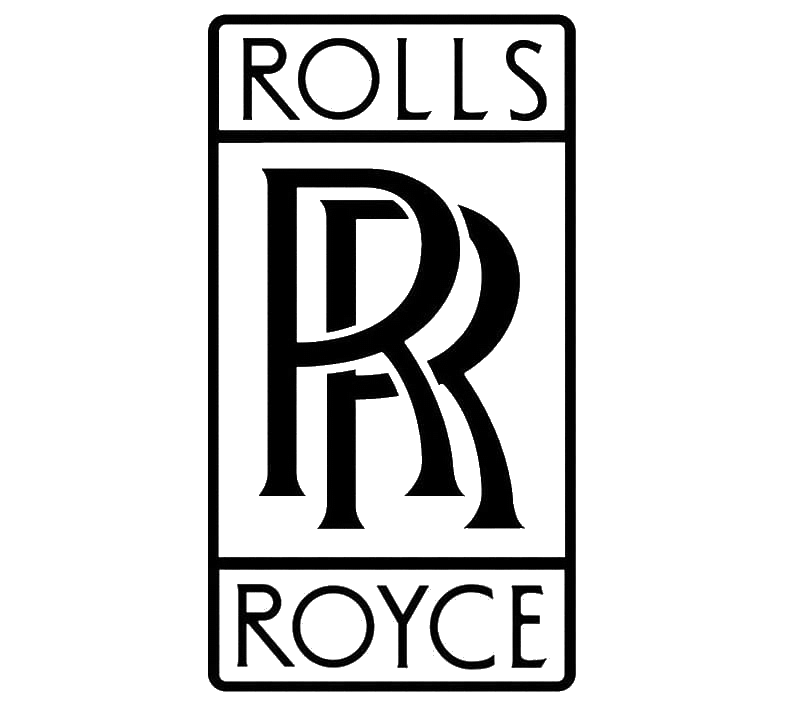.
History Boeing Commercial Airplanes
Boeing Model 247

The Boeing Model 247 is an early United States airliner, and one of the first such aircraft to incorporate advances such as all-metal (anodized aluminum) semimonocoque construction, a fully cantilevered wing, and retractable landing gear. Other advanced features included control surface trim tabs, an autopilot and de-icing boots for the wings and tailplane. The 247 first flew on February 8, 1933, and entered service later that year.
Boeing had eclipsed other aviation manufacturers by introducing a host of aerodynamic and technical features into a commercial airliner. This advanced design, which was a progression from earlier Monomail (Models 200, 221, 221A) and B-9 bomber designs, combined speed and safety. The Boeing 247 was faster than the U.S. premier fighter aircraft of its day, the Boeing P-12, which was an open-cockpit biplane. The low landing speed of 62 mph (100 km/h) precluded the need for flaps, and pilots learned that at speeds as low as 10 mph (16 km/h), the 247 could be taxied "tail high" for ease of ground handling
Boeing considered safety features carefully, building in structural strength and incorporating design elements that enhanced passenger comfort and well-being, such as the thermostatically controlled, air conditioned, and sound-deadened cabin. The crew included a pilot and copilot, as well as a flight attendant (then known as a "stewardess"), who could tend to passenger needs. The main landing gear did not fully retract; a portion of the wheels extended below the nacelles, typical of designs of the time, as a means of reducing structural damage in a wheels-up landing. The tailwheel was not retractable. While the Model 247 and 247A had speed-ring engine cowlings and fixed-pitch propellers, the Model 247D incorporated NACA cowlings and variable-pitch propellers.[0
KmCeiling
0
KmRange
0
km/hAircraft Speed
0
Max Crew
Photo Gallery
BCA Boeing Model 247


Boeing Commercial Airplanes
Boeing Model 247
General characteristics
-
- Crew: Three
- Capacity: 10 passengers + baggage and 400 lb (181 kg)
- Length: 51 ft 7 in (15.72 m)
- Wingspan: 74 ft 1 in (22.58 m)
- Height: 12 ft 1.75 in (3.7021 m)
- Wing area: (77.679 m2)
Powerplant
-
- Empty weight: (4,046 kg)
- Max takeoff weight: (6,192 kg)
- Fuel capacity: 273 US gal
- Powerplant: 2 × Pratt & Whitney R-1340 S1H1-G Wasp 9-cylinder air-cooled radial piston engines, 500 hp (370 kW) each at 2,200 rpm at 8,000 ft (2,400 m)
- Propellers: 2-bladed variable-pitch propellers
Specifications
-
- Maximum speed: 200 mph (320 km/h,
- Cruise speed: 189 mph (304 km/h, 164 kn) at 12,000 ft (3,700 m)
- Range: (1,199 km, 647 nmi)
- Service ceiling: 25,400 ft (7,700 m)
- Absolute ceiling: (8,291 m)
- Rate of climb: 1,150 ft/min (5.8 m/s)
Aircraft of comparable role
Boeing Model 247
Links to Youtube & Others
The Boeing 707 is a mid-size, long-range, narrow-body four-engine jet airliner built by Boeing Commercial Airplanes. It was introduced in 1962, and Pan Am purchased the first example for service.
Boeing Model 247
The Boeing Model 247 is an early United States airliner
Youtube Link
Last Flight of the Boeing Model 247 is an early United States airliner
